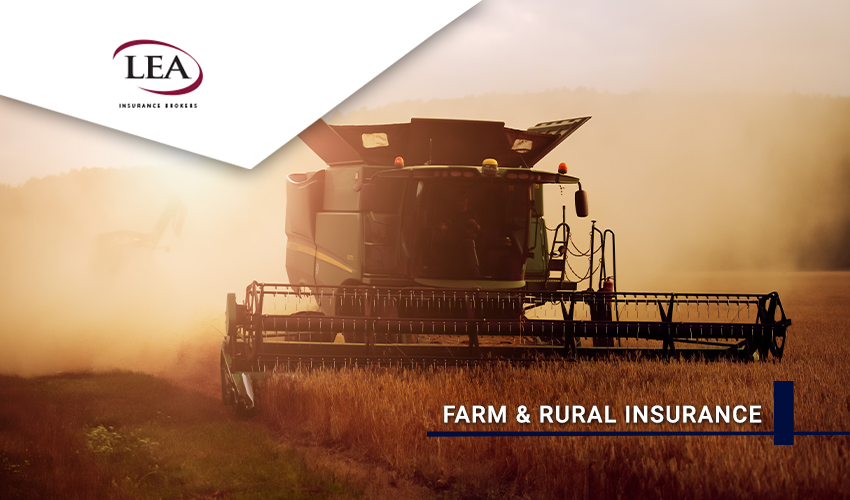
Demystifying Multi-Peril Crop Insurance
Multi-peril crop insurance is an on-farm risk management tool that prompts much discussion among governments and industry groups.
With the recent spate of natural disasters, you might be opting to self-insure or rely on concession loans or grants from governments. This can be a hit or miss strategy due to the increasing frequency and severity of natural disasters.
About two-thirds of crop farmers opt for a named-peril policy which covers fire and hail, plus helps you rebuild after a natural disaster. But, as we enter the season for sowing winter crops, it’s worth checking out the broader range of coverage that multi-peril cover offers.
What does MPCI cover?
Typically, a multi-peril crop insurance policy protects you from risks including:
- Hail
- Fire, including accidental or bush fires
- Frost
- Drought
- Wind
- Rain (or lack of)
- Damage from wildlife, livestock, or pests
- Grain price risks
- Revenue shortfalls below a level you’ve agreed with the insurer.
Such policies are offered based on an agreed minimum yield, income protection, or parametric (that is, weather index). Each policy type can cover different perils, and offerings in each state or territory will differ. As well, stamp duty may be payable. Please note, as the name declares, ‘multi-peril’ insurance doesn’t cover all perils.
Who can access MPCI?
You can take out MCPI generally if you’re growing:
- Winter cereals
- Pulses
- Oilseeds
- Irrigated crops
- Hay crops
- Other crops, including lupins.
Check with us if your crop isn’t listed, and we can clarify if it can be insured. MPCI will be more expensive than named-peril insurance, but offers you more protection and support in challenging times.
How does this cover work?
To take out this cover, you’ll need to submit your detailed farm records for up to a decade. Even more, if you’re using the internet of things, drones, satellites, and other technology for precision data and operations. The insurer will carry out a policy assessment for which there is a one-off application fee. This assessment allows them to understand your financial position and the volatility you face in your business, much as a bank would ask from you. The cost of MPCI is eight percent of the production cost.
Grain Growers offer this example of how the cover works. For example, a farm has a five-year average revenue of $1 million. In 2017, the insurer offers 70% revenue coverage, but that year, the revenue fell to $500K – 50% of the historical average. This triggers a $200,000 insurance payout, the difference between the sum insured and what the farmer earnt that year.
Commodity price downturns affecting farmers’ income are what revenue insurance implicitly insurances against. Keep in mind, though, that higher yields could shrink prices, which would offset some of the price downturns.
Case example
Eight farmers across Australia each received payouts ranging from more than $300,000 to $944,000 in 2015 under multi-peril crop insurance. They had each suffered a bad season and the payout covered the full cost of running their farms for a year. You can find out more about the cases on ABC Rural.
Contact us to discuss if MPCI is right for you
We can demystify MPCI for you and show how it fits within your broader risk management strategy. Crop farmers who take out a MPCI policy find that it can be an investment to help improve long-term productivity.
